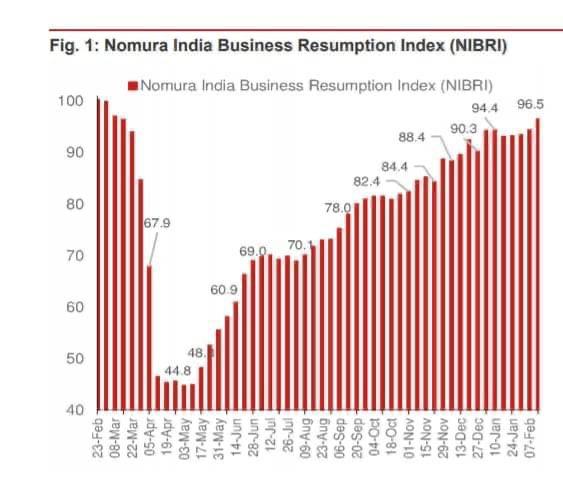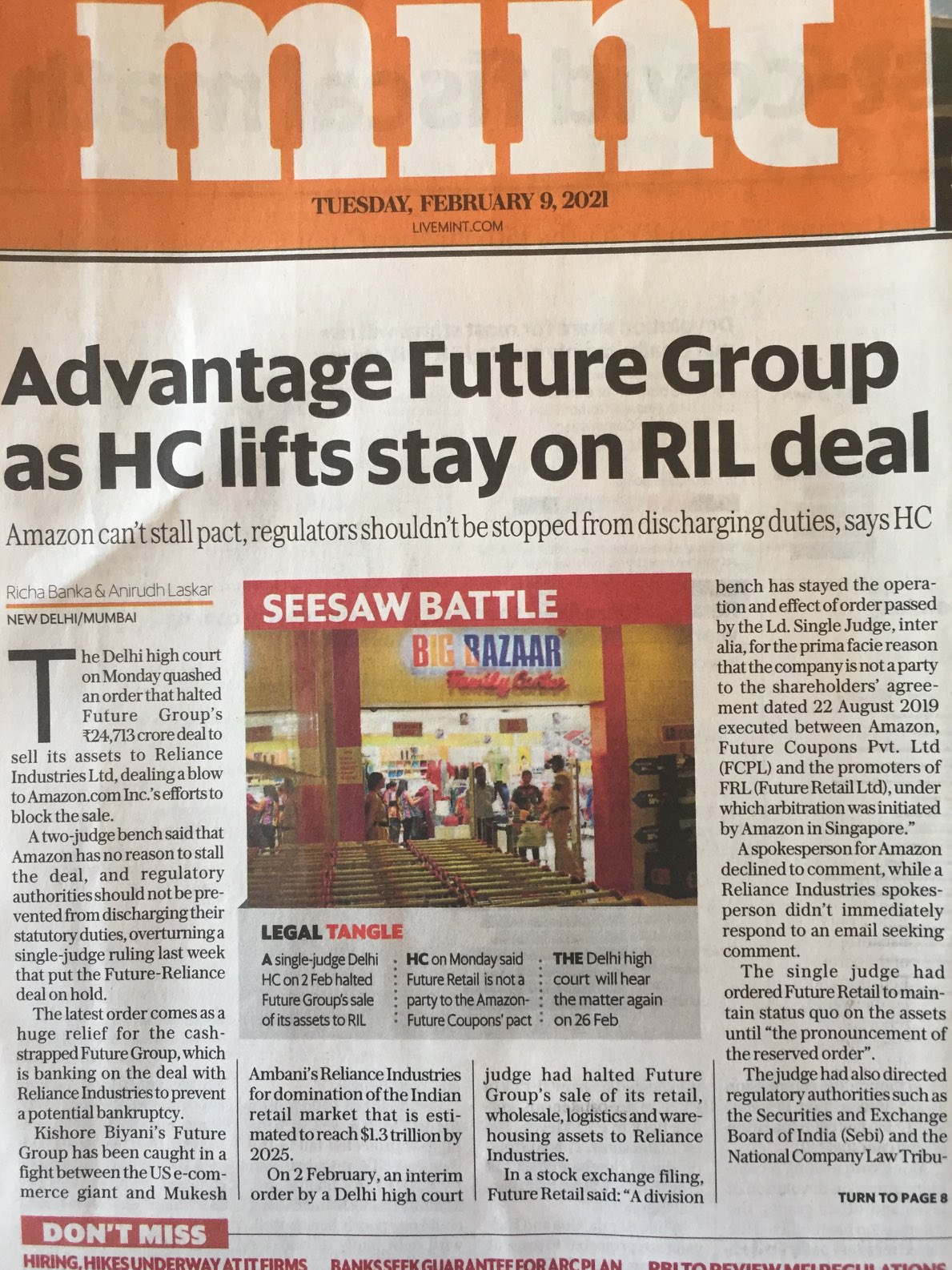In India several dense urban areas are evolving without a need for a personal vehicle. Put it this way, if you have access to metro (or public transport), in a very dense neighbourhood where the local grocery store and even the vegetable supplier provides you at the door service, the need for a personal transport, particularly with ola and other ride share companies evolving, is not necessary. Even going outstation is doable without a personal vehicle! If fuel prices are high compared to outside India, it is due to state and national taxes.
In that sense, the fuel price movement is not a factor. Since other costs far take away from the fuel price. For example, safety. Or comfort. Or experience.
As for food, India has diverse pallete. If the price of rice goes up, people will shift to say raagi muddalu. Experience of Kellog, McDonald in Indian market reveals that. So much so that you can be in Tiruvannamalai and can order generally good quality pizza at home delivered under Rs. 150 (or $2) per person. If some food items get inflated, the consumer can rapidly change their food habits bringing overall food inflation in control. If there is local food inflation, it is supply uptake constraint (neither supply nor demand, but simply not able to send the supplies in time).
Point is, several urban areas in India is already at an inflection point where food and fuel, which are volatile are not needed to be factored in core inflation. The highest cost for most is health care, education, residences, safety, cleanliness and utilities.
There is a good reason why the NSO (India) tracks CPI and CFPI and breaks it down further into urban and rural category.
Looking at the January' 21 inflation
http://mospi.nic.in/sites/default/files ... 202021.pdf
1. Sharp drop in inflation in January '21 (compared to Jan 20). First column for Rural and second for Urban. Final column is combined.
Rural Urban Combined
CPI (General) 3.23 5.06 4.06
CFPI 1.11 3.36 1.89
2. If you look at Consumer Food Price Index, some food items might have seen negative inflation (that is deflation) to account for such low food inflation y-o-y coming out of post-pandemic for a major developing economy!
Correlate above with reports of food shortage in China and of course famous cake run in Pakistan.
My reasoning on item #1 and #2 is simple, any input in improving the supply side infrastructure is resulting in multiplied (2x-4x) outcome on supply efficiences.
What does this do? Government can do more borrowings to create the necessary social and capital infrastructure. And this will further bring the inflation down!
In my mind, Social infrastructure are things like toilets, utilities (water/electricity), primary education, primary health, primary care, clean and safe public and private places, efficient police and law.
And capital infrastructure is the ports, roads, rails, power generation & distribution, water ways, critical technologies (nuclear, space, medicine, high-end research) etc
GOI has the space to ramp up spending on both and I think that is what the GOI has signalled in the current budget.

